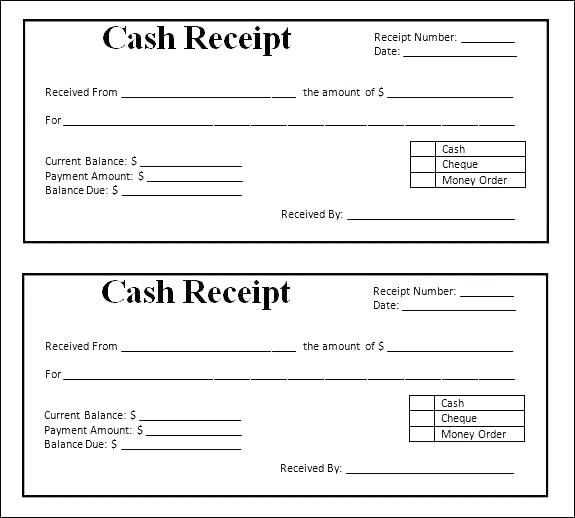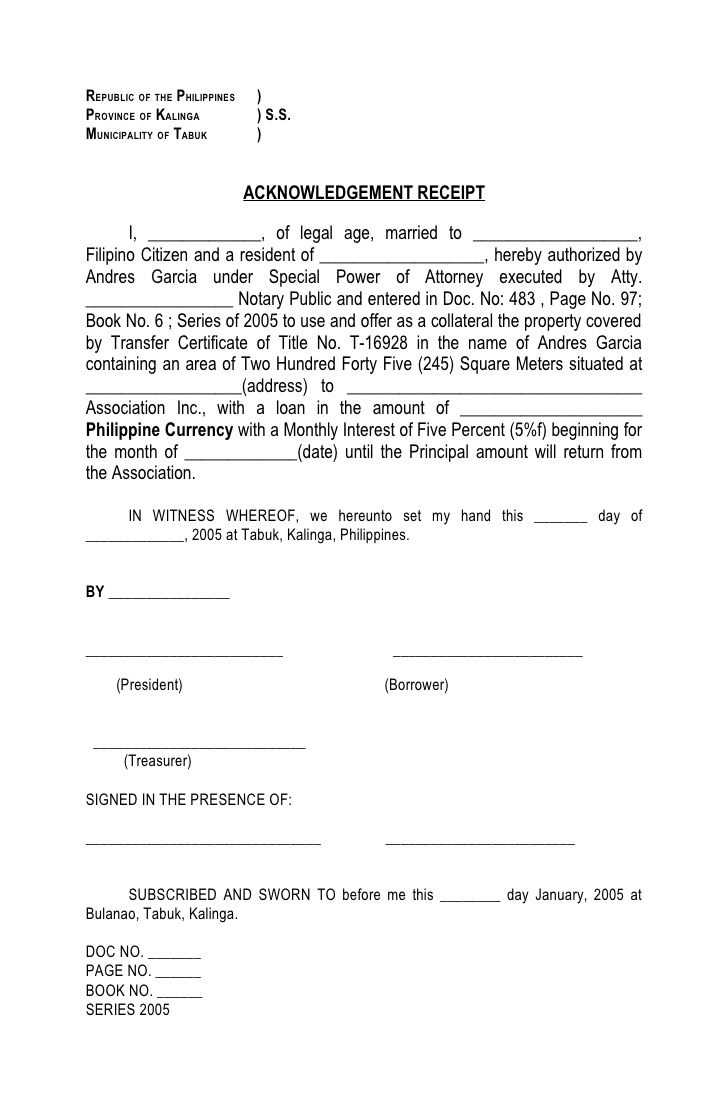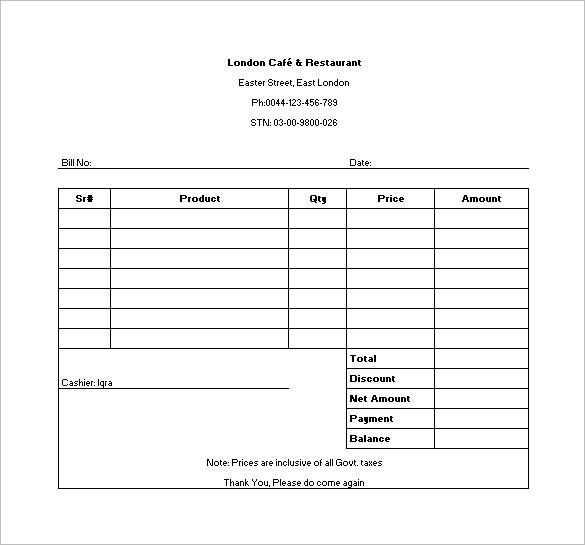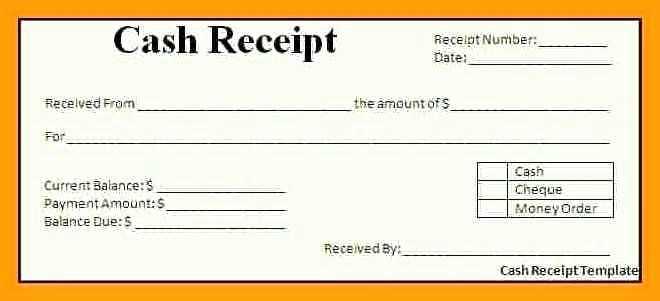
Creating a professional receipt template is straightforward, but attention to detail ensures clarity and trustworthiness in business transactions. A well-structured receipt should clearly display transaction information, such as the date, items or services provided, and the payment method used. The template should have sections for both the buyer’s and seller’s details, including names, addresses, and contact information.
Make sure to include a unique receipt number for easy tracking and reference. Additionally, break down the amounts clearly–list individual item prices, taxes, and any discounts applied. A summary at the end, showing the total amount due and any outstanding balance, helps keep things transparent.
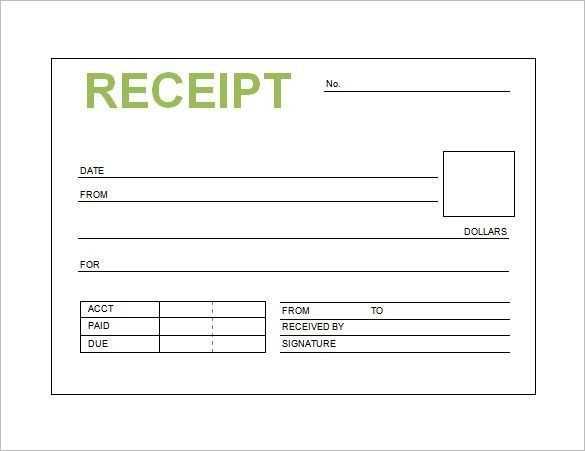
For customization, ensure the receipt layout is clean and easy to read, with enough white space to avoid clutter. Use bold or italic fonts for headings, such as Item Name or Amount Paid, to make important sections stand out. Keep the template adaptable, allowing for quick edits depending on the nature of each transaction.

By following these guidelines, you can create a receipt that not only provides the necessary details but also reinforces professionalism in your transactions.
